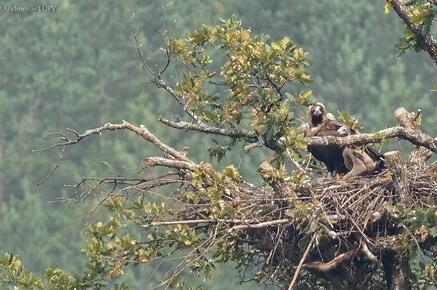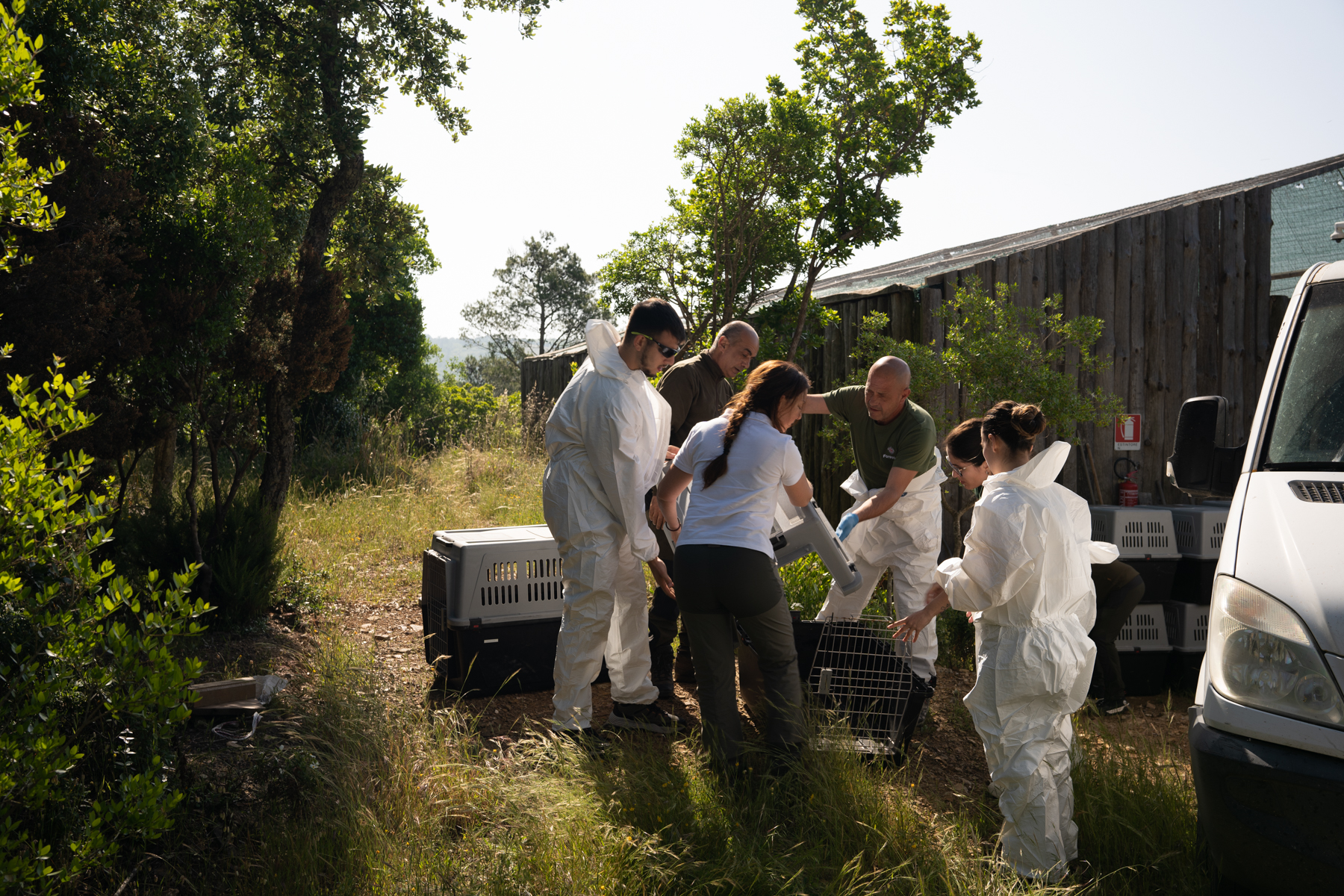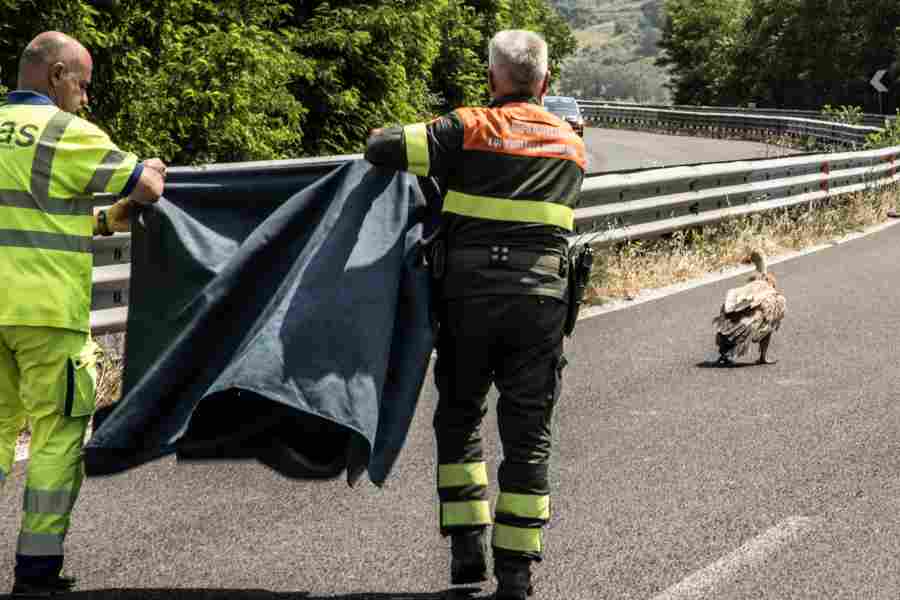The Griffon Vulture (Gyps fulvus) population in the Eastern Alps is thriving, with a remarkable population milestone achieved in Italy this year. Through the collaborative endeavours of several organisations within the “Projetto Grifone” conservation project, there is now a firmly established population of at least 90 Griffon Vulture breeding pairs. The Alpine range is a vital corridor that connects the Iberian populations with the Eastern colonies in the Balkans. How many chicks fledged, and which conservation actions favoured this local populational boost?

Restoring the Griffon Vulture population in the Eastern Alps
The Alpine range is a regular summering destination for young Griffon Vultures from the western (Iberia) and eastern (Balkans) populations. Many of them are wandering juveniles who take advantage of the food available in the Alps during summer as livestock is moved up to the mountains to graze.
However, with the exception of small colonies in Austria and Italy, Griffon Vultures have been absent as a breeding species from the Alps for decades. In France, efforts have been made for more than 30 years to reintroduce the species to Pre-Alps (Baronnies, Vercors and Verdon) and the Grands Causses. In Italy, the conservation project ‘Progetto Grifone’ in the Eastern Alps (NE Italy) boosted the Griffon Vulture population, bringing renovated hope for the species consolidation in the northernmost population of the Western Paleartic.
Breeding record for the Griffon Vulture population in the Eastern Alps – Italy
The reintroduction project in the Italian Alps started at the end of the 80s in Cornino Lake Nature Reserve (NE Italy). Since 1992, about 80 birds have been released, serving as a fundamental catalyst for the significant growth observed in the last decades. This season, the population achieved a remarkable milestone by breaking the record regarding breeding pairs (90 pairs) and fledglings (60), as new breeding sites were occupied in the Alpine and Prealpine areas. Breeding biology parameters have also improved, reaching a productivity of 0,68 and a breeding success of 0,84.

Feeding stations to improve food availability
About 60 tons of carcasses enter the feeding station every year, located in the northern limit of the historical breeding range of the species. Although the ability to find domestic and wild animals in the mountains increases, as Griffon Vultures expand to other areas in the Italian Alps, there is still the need to guarantee a regular intake of carcasses to the feeding station due to the critical climatic conditions and limited food resources available, particularly in the autumn and wintertime.
The feeding station receives mainly pigs and wild ungulates carcasses; about 30% of each is run over on the roads. Considering the recent problems with swine fever in other Italian regions, we have no longer used pigs for a few months and are switching to cattle.
Fulvio Genero, Scientific Advisor “Riserva Naturale Regionale del Lago di Cornino”
The current Griffon Vulture population in the Italian Alps
At least 450 young griffon vultures have fledged in the area since the beginning of the reintroduction efforts. The estimated population is 250 birds in winter and 300-400 in Summer, with many summering vultures arriving mainly from Croatia and other countries, regularly moving between the Alps and the Adriatic region. In addition to Griffon Vultures, every summer, Cinereous Vultures (Aegypius monachus) and Egyptian Vultures (Neophron percnopterus) are observed in the area, although the latter is a less frequent visitor.


Griffon Vultures visiting the Italian Alps, where do they come from?
Many birds ringed and marked in other countries have been observed in the region since 2006. The monitoring teams could identify at least 365 visitors from Croatia, 39 from France, 25 from Spain, 11 from Bulgaria, seven respectively from Serbia, Greece and Israel, two from Austria and one from Hungary. These numbers reinforce the area’s importance as a connection point between Eastern and Western European populations.





